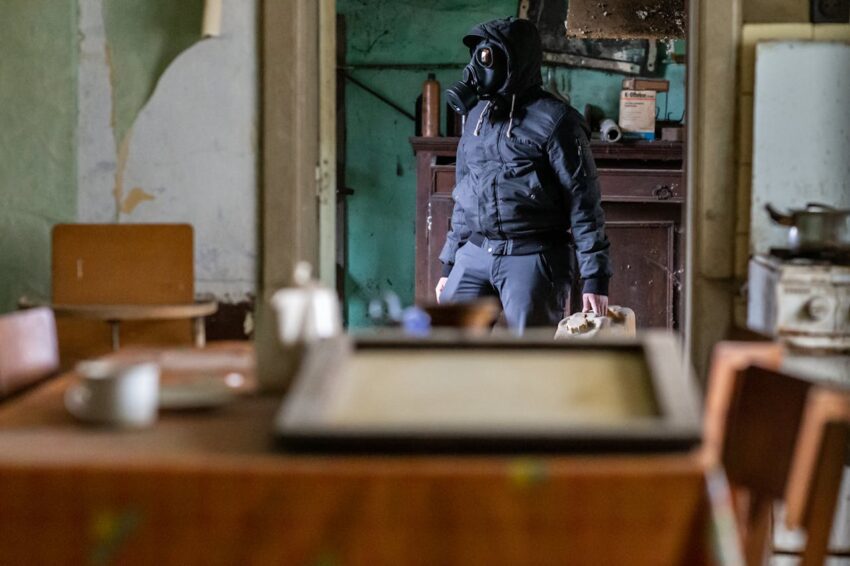Exposure to elevated levels of radon gas can be hazardous to your health. If you’re wondering when you should have radon testing performed in your home, here are some important times to consider testing.
Test During Home Purchase
One of the best times to test your home for radon is during the home-buying process. Many buyers opt to include radon testing as part of their home inspection contingency. This allows you to know if radon is an issue in the home before finalizing the purchase. If high levels are detected, you can require the sellers to install radon mitigation or ask for a price reduction to cover mitigation costs yourself.
Test After Moving Into a New Home
Even if radon testing was done before purchase, it’s a good idea to test again after moving in. Testing conditions can vary, so retesting will confirm if high radon levels are present in the home where you’ll be living and spending time. Conduct follow-up tests in the lowest lived-in level of the home. Make sure to test in any frequently occupied rooms that are in contact with the ground.
Retest Your House Over Time
Radon levels can fluctuate over time due to shifts in the ground under and around your home. It’s recommended to retest your home for radon gas every two years or if any major renovations or changes have been done to the home. New cracks in the foundation or changes in pressure within the home can alter radon levels. Periodic retesting is the only way to detect changes.
Test After Renovations or Repairs
Having any foundation work, major renovations, or repairs done in your home is a good reason to retest for radon. If new openings or cracks are created, more radon can be drawn in. Full additions, new HVAC systems, and finishing basements or crawlspaces also impact air pressure and airflow in the home, which can affect radon levels. Always retest after major home projects.
Test Annually in Schools or Workplaces
Schools, offices, and other public places should be tested for radon at least once each year. High-traffic environments can alter radon levels more frequently. Kids and employees also spend many hours in these buildings, increasing their exposure if radon is present. Annual testing catches any changes and ensures radon stays low in places where people congregate.
Don’t Delay on Testing Your Home
Radon is the leading cause of lung cancer in non-smokers. It claims over 20,000 lives in the U.S. each year. Don’t delay testing your most frequented spaces. Knowing your home’s radon levels is the only way to identify and fix high radon before health consequences occur. Protect yourself and your loved ones by making radon testing a priority. Hire a professional company, such as Valley Restoration Montrose, to have your home or building tested.


